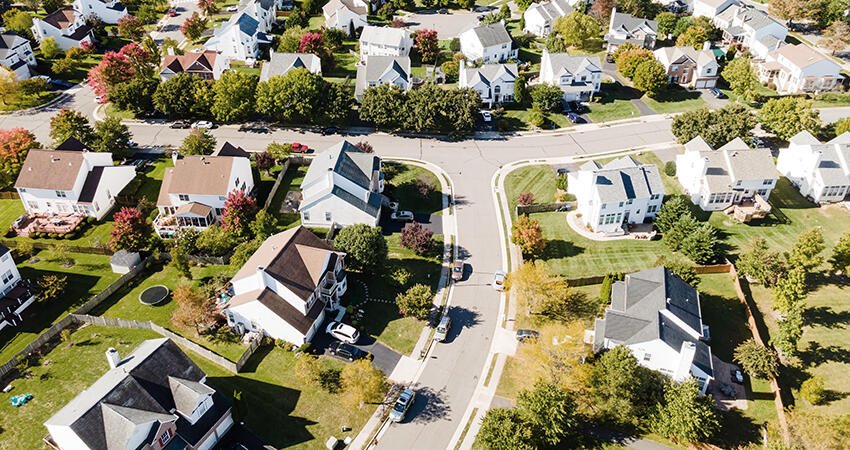
Kosoff/Shutterstock
Are Homebuyers and Renters of Color Deterred from High-Quality Neighborhoods?
- Title:
-
Sorting or Steering: The Effects of Housing Discrimination on Neighborhood Choice
- Author:
-
Peter Christensen & Christopher Timmins
- Source:
- Publication Date:
-
2018
Neighborhood quality significantly affects families’ health and well-being. Research shows people of color are more likely than white people to live in neighborhoods with higher rates of poverty, but less is known about how discrimination or voluntary sorting creates these disparities. This study explored whether realtors steer people of color toward neighborhoods with lower-quality schools and educational attainment and higher rates of assault and pollution.
The authors analyzed evidence from the 2012 Housing Discrimination Study, a nationwide paired-actor audit study, and microlevel data on the neighborhood attributes of 28 cities to compare neighborhood attributes of homes shown to prospective buyers of color relative to their paired white counterparts.
To measure neighborhood attributes, researchers used data on elementary and middle school test scores and attendance from the Stanford University Educational Opportunity Project, data on school quality and crime from an unnamed major online real estate service, data on household demographics from the 2008–12 American Community Survey, and data on pollution exposure and sources from the US Environmental Protection Agency.
They find strong evidence that contact with real estate agents constrains the choices of buyers of color.
Key findings
- When working with buyers of color, realtors recommended homes that were worse in at least one, but typically multiple, dimensions related to neighborhood quality, regardless of buyer preference or price range.
- Black buyers were steered toward neighborhoods with substantially lower test scores for both elementary and middle schools.
- When comparing Black and white buyers, Black buyers received recommendations for homes in neighborhoods with 30 percent more recent assaults.
- Black and Hispanic buyers are recommended homes in areas with higher poverty rates, fewer high-skilled workers, and fewer college graduates.
- Black buyers were steered toward homes in areas with elevated exposures to Superfund sites and air toxicity.
- Homes recommended to Black mothers had a 95 percent higher incidence of nearby assaults, 46 percent lower elementary school ratings, 53 percent higher number of nearby Superfund sites, and a 38 percent higher level of exposure to air toxins.
- Black families and Hispanic families are 17 percent and 20 percent more likely to receive recommendations in low-poverty neighborhoods compared with white families.
Policy implications
- Housing discrimination could contribute to root causes of inequality by constraining location choices and producing disparities in neighborhood effects, meaning current residential segregation patterns likely are not a result of choices.
- These findings have important implications for interpreting long-term outcomes of neighborhood residence or relocation programs, as well as the development of fair housing laws as they relate to public expenditures on pollution abatement and public goods.


